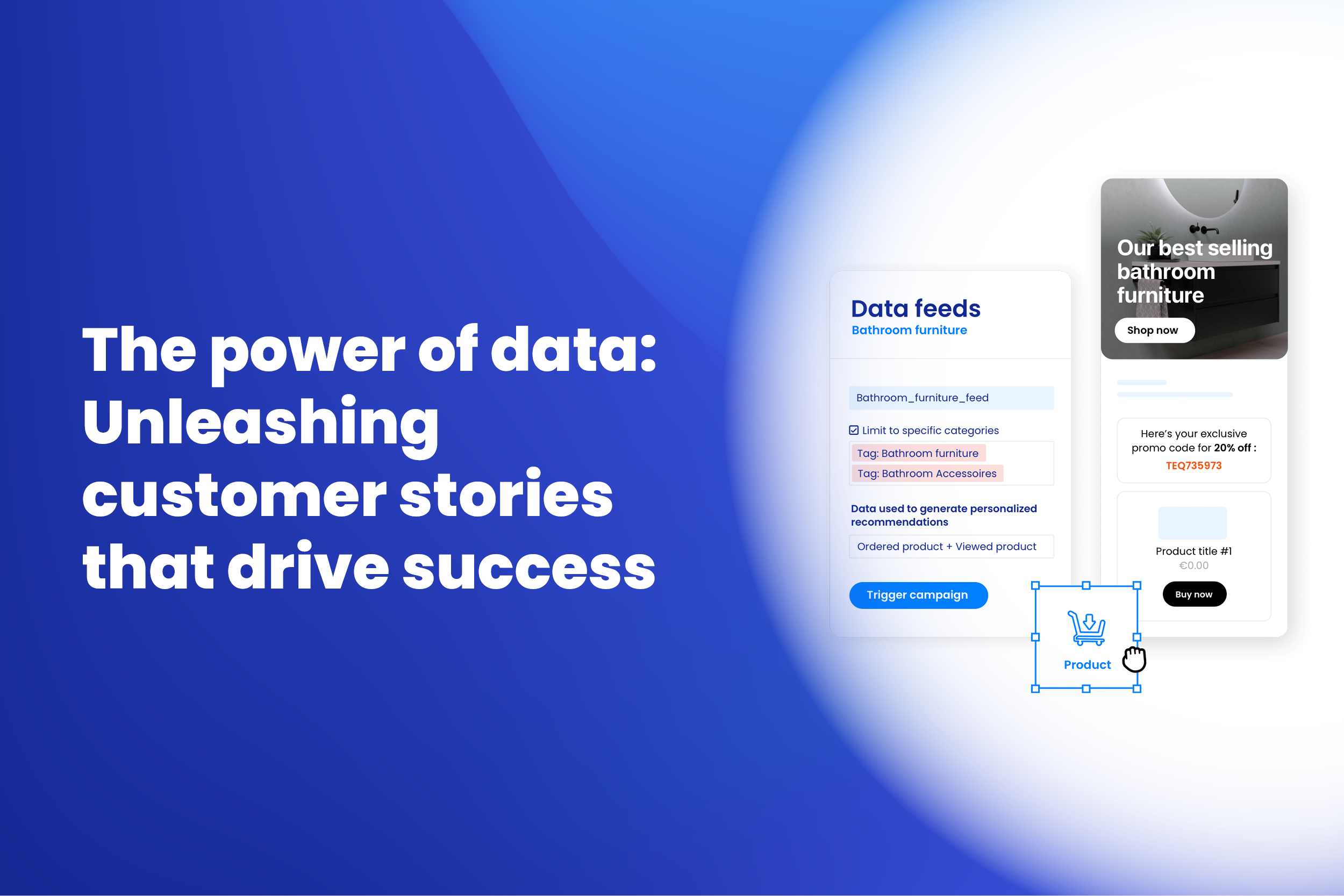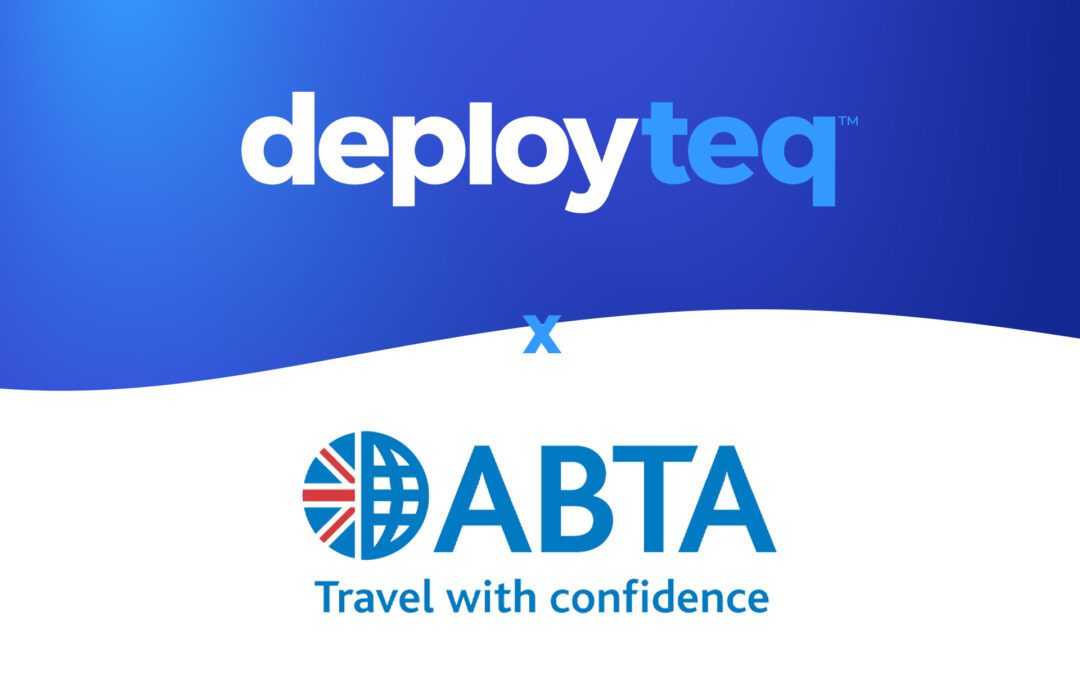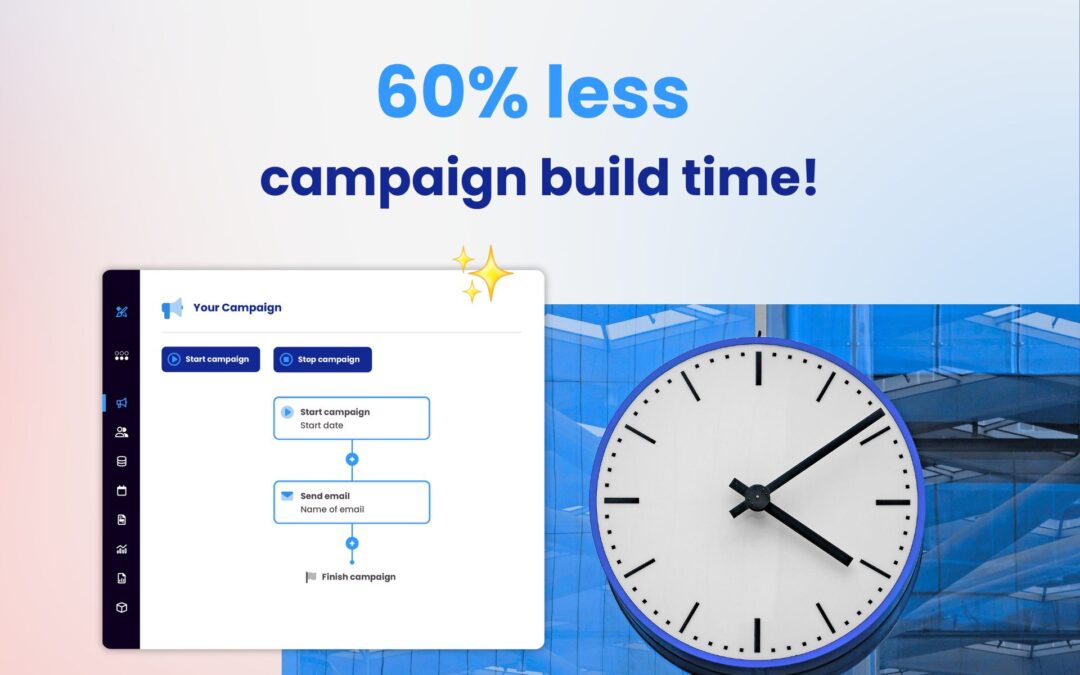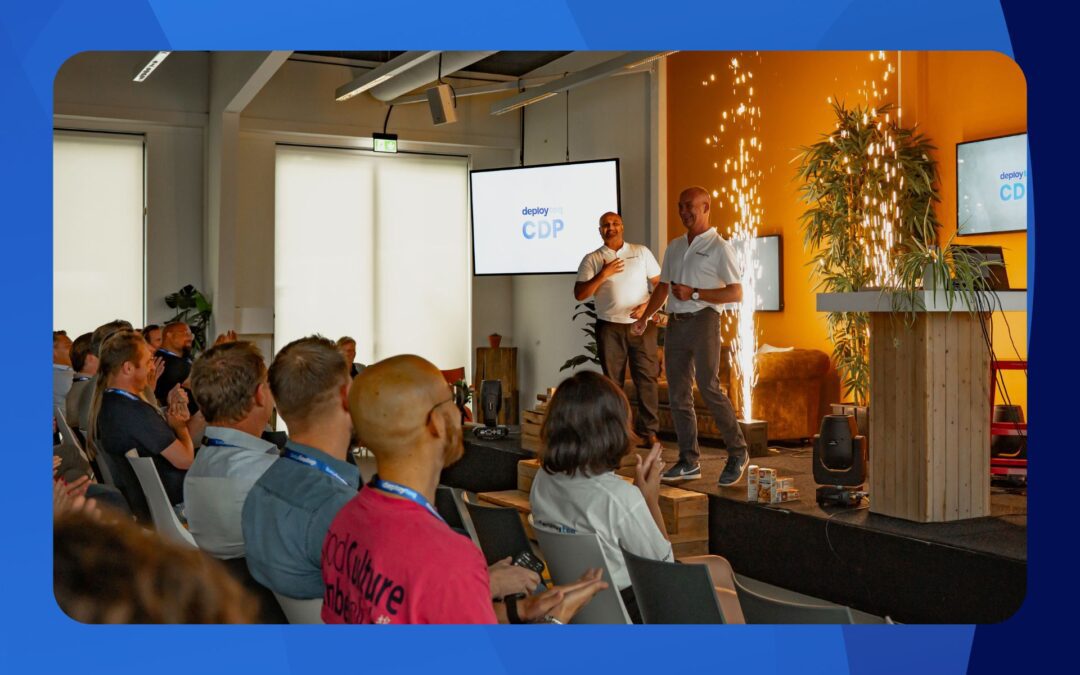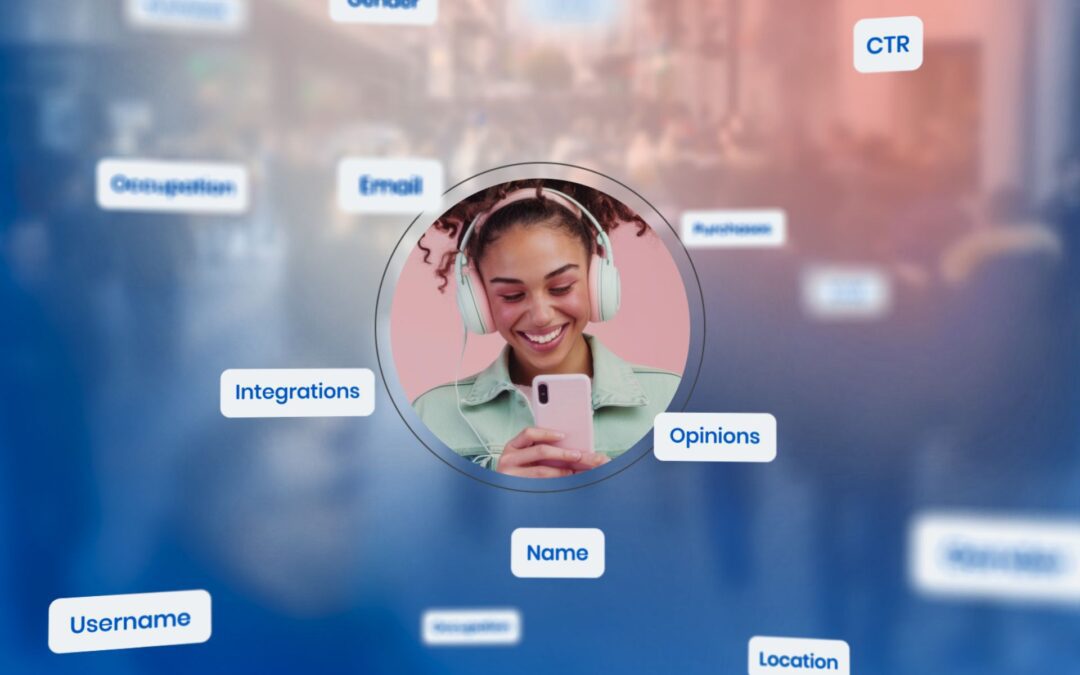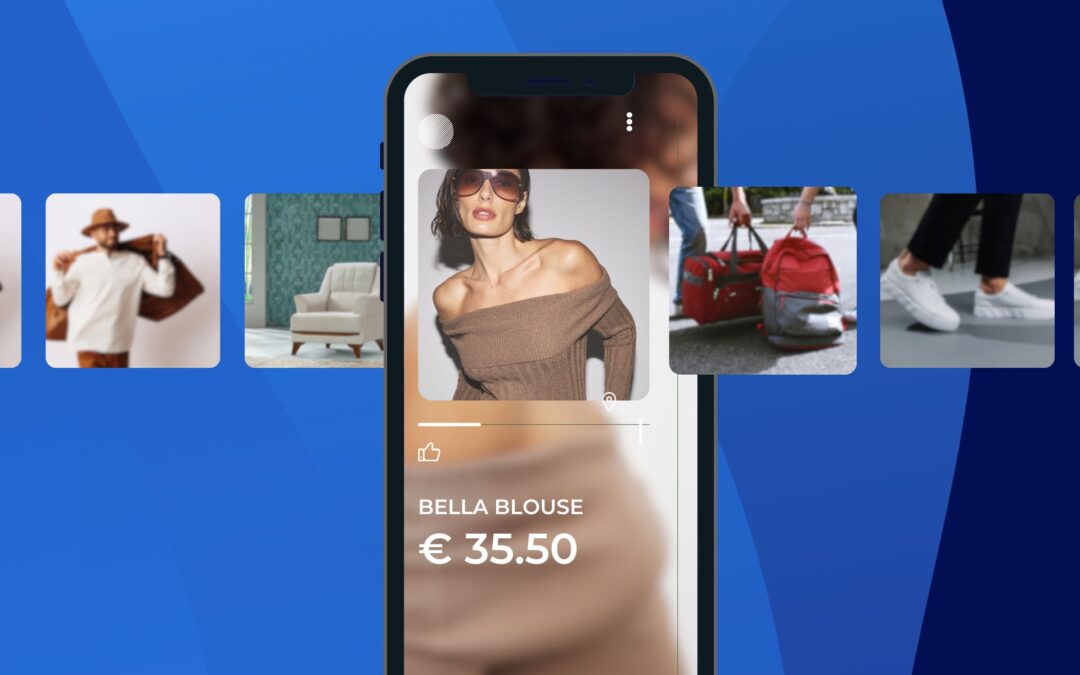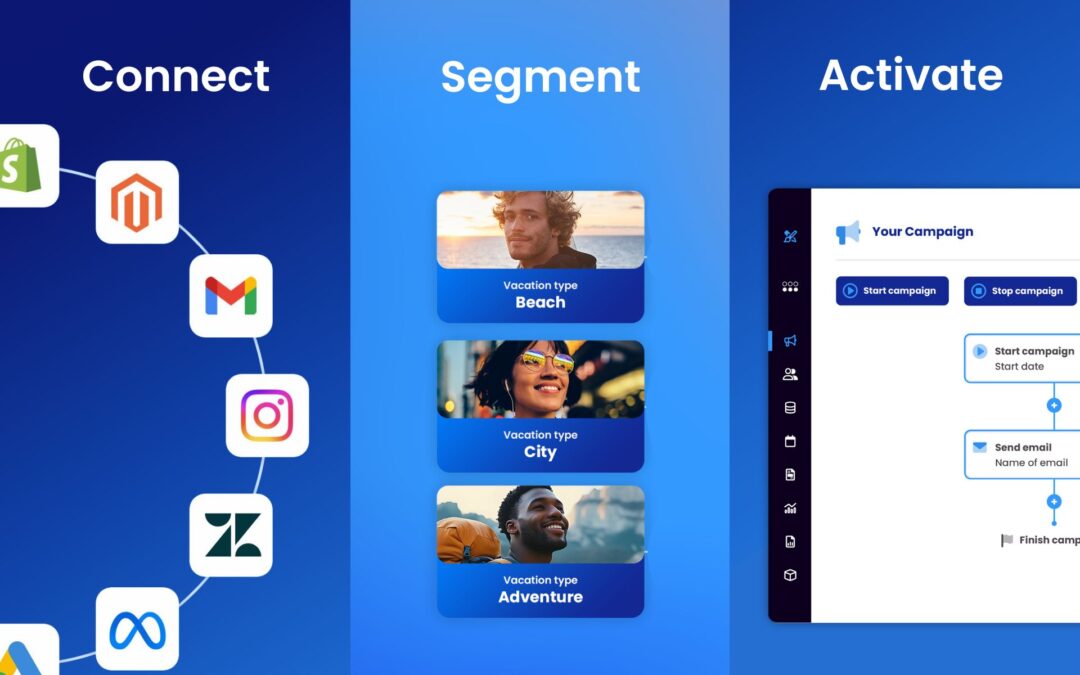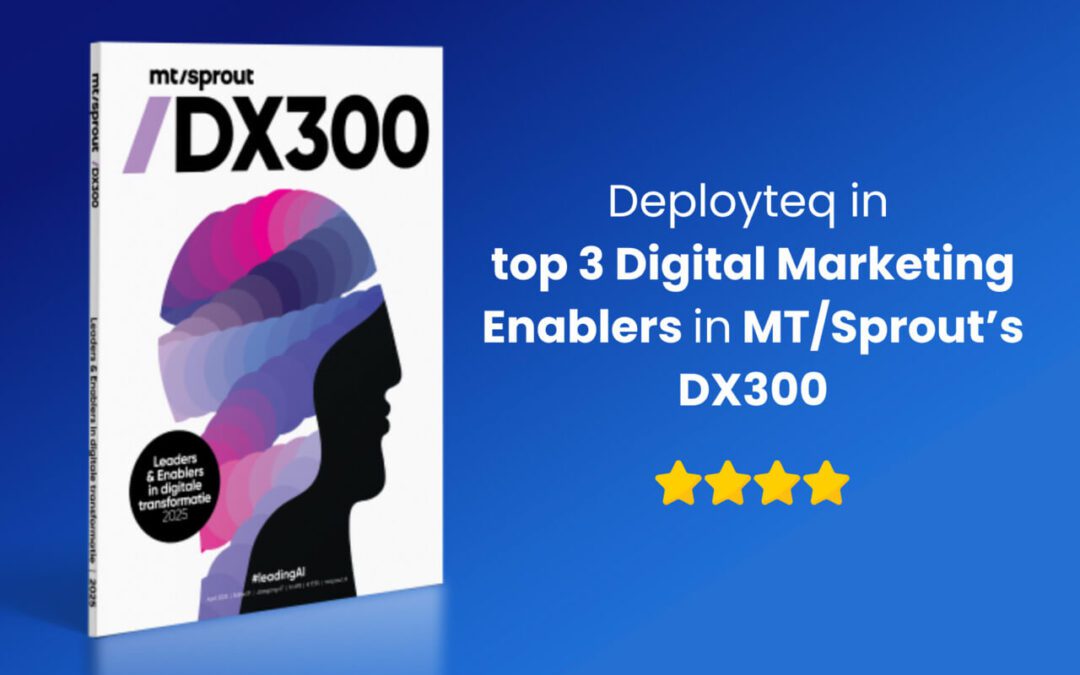In today’s data-driven world, brands are constantly searching for new and innovative ways to connect with their customers. And one particularly powerful tactic is to tell customer stories.
However, customer stories aren’t just about sharing heartwarming tales of customer satisfaction. Today, they are also about using data to back up claims and build trust with audiences.
After all, who doesn’t love a good story? And when you can back that story up with data, it becomes even more compelling.
In this blog post we will cover how to make the most of data to boost your customer story success. Including the benefits, relevant data points, steps to crafting a compelling story, and some of our favourite brand examples.
The benefits of adding data to your customer stories
If you want your customer stories to be more than just heartwarming tales of customer satisfaction, you need to add a dash of data. Here’s why:
Credibility
Firstly, data adds additional credibility to your stories by providing concrete evidence of the success of your product or service. When you are able to back up your claims with statistics, metrics, and real-life examples, your audience is far more likely to believe you.
Engagement
Data-driven stories are immediately more engaging because they can offer additional visuals to back up claims. This can come in the form of charts, graphs, and even infographics, all of which make the story easier to digest, and more memorable.
Informed decision-making
Data-driven stories support potential customers in making informed decisions. By presenting data that explains the benefits and value of your product or service, you provide the audience with the information they need to decide whether your offering is right for them.
Gathering data for customer stories
Using data to enhance customer stories sounds great, right?
But first, you need to gather that all-important data. Here are a few data points to get you started:
Demographics and location
Basic demographic data is easy to come by, and can help to make your stories more relatable to specific audience segments. For instance, you can share stories on how your product is going viral with millennials, or how your service is helping small businesses to grow.
Purchase history and behaviour
Data from previous purchases and behaviour help you to explain the more tangible benefits that your customers have gained from your product or service. For instance, showcasing stories around customers who have saved x amount of money from using your product, or how your service has improved their productivity by x%.
User engagement metrics
User engagement metrics show how other similar customers are engaging with your brand and offering, as well as providing additional reassurance to a potential buyer. For instance, statistics on how many orders or purchases are flying off the shelves.
Before-and-after metrics
Before and after metrics can be trickier to come by, but are incredibly impactful. This data perfectly demonstrates the specific impact your brand has on a customer. For instance, increasing a business’s sales and/or revenue by x%.
Crafting a compelling customer story
If you’re keen to get started, here are some steps you can take to craft a truly compelling story:
Building a subscriber list
To start building a robust subscriber list we recommend promoting your WhatsApp across a variety of marketing channels.
Start with a strong message
Consider what is going to immediately grab your audience’s attention, and the key takeaways you want to stick in their minds.
Choose the right data
Not all data is created equal. So ensure you are utilising data that is relevant, credible, and compelling.
Build a compelling narrative
A great customer story is more than just a list of facts and figures. So, use a mix of quantitative data, personal anecdotes, and testimonials to create a narrative that is both informative and engaging.
Visualise your data
Data visualisation is a powerful tool that can help you make your customer stories more memorable. So, utilise charts, graphs, and infographics where possible.
End with a bang
Your conclusion is just as important as your introduction. Make sure you leave your audience with a strong takeaway that reinforces your message and leaves them feeling inspired.
Measure effectiveness
By tracking the effectiveness of your customer stories on an ongoing basis, you are able to understand what really engages your audience and tailor future content to suit.
Effectiveness can be tracked with regular KPIs such as click rates, bounce rates, and engagement metrics. As well as gathering further qualitative feedback through surveys and customer conversations.
Our favourite data-driven customer stories
To offer you a little inspiration, here are some of our favourite data-driven customer stories from real-life big brands:
1. Spotify Wrapped

Source: https://newsroom.spotify.com/2022-11-30/everything-you-need-to-know-about-2022-wrapped/
If you’re a Spotify user, chances are you’ve heard of Spotify Wrapped.
Wrapped is launched annually, and offers a story of songs and artists that each user has listened to the most over the past year, new music they’ve discovered, and how many minutes they’ve spent listening to music.
As well as other fun features, Wrapped comes in a highly-shareable style and format. Encouraging users to share and compare with their peers, whilst also providing great promotion for Spotify itself.
2. Google Year in Search

Source: https://about.google/stories/year-in-search/
Another annual launch is Google’s Year in Search, offering trends that reveal the questions we shared, the people who inspired us, and the moments that captured the world’s attention.
Trends can be explored by year, location, and categories such as ‘news’, ‘recipes’, and ‘musicians’.
Google also incorporates powerful videos to tell these data-driven stories in an engaging and emotive way.
3. Olay #Killerskin

Source: https://www.youtube.com/watch?v=cUQM-kcGdxg
A slightly different take on using customer data for storytelling, Olay used data on their audiences to devise a campaign that would appeal to their target demographic.
By utilising Google and YouTube data, Olay realised that many of their customers enjoy football alongside horror movies. With this information, Olay teamed up with Saatchi and Saatchi (alongside Sarah Michelle Gellar) to launch the #KillerSkin campaign.
The campaign was launched during the Super Bowl and provided a unique, thrilling story that racked up millions of views and a significant increase in search interest.
Conclusion
Using data to inform customer stories is a surefire way to build trust and confidence in your brand, as well as providing additional interest and value in your storytelling abilities.
If you’re excited to get started, then Deployteq can help. Our data platform provides a 360-degree customer view, and with a single source of the truth, you’ll be in control of your data and be diving into insights in no time.
Get in touch with our expert team to find out more.
